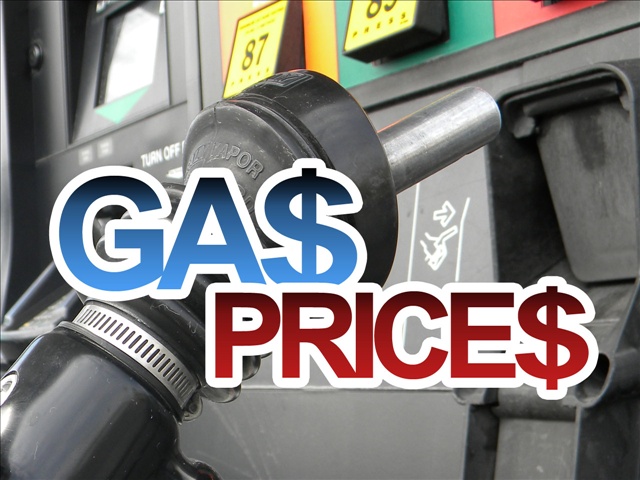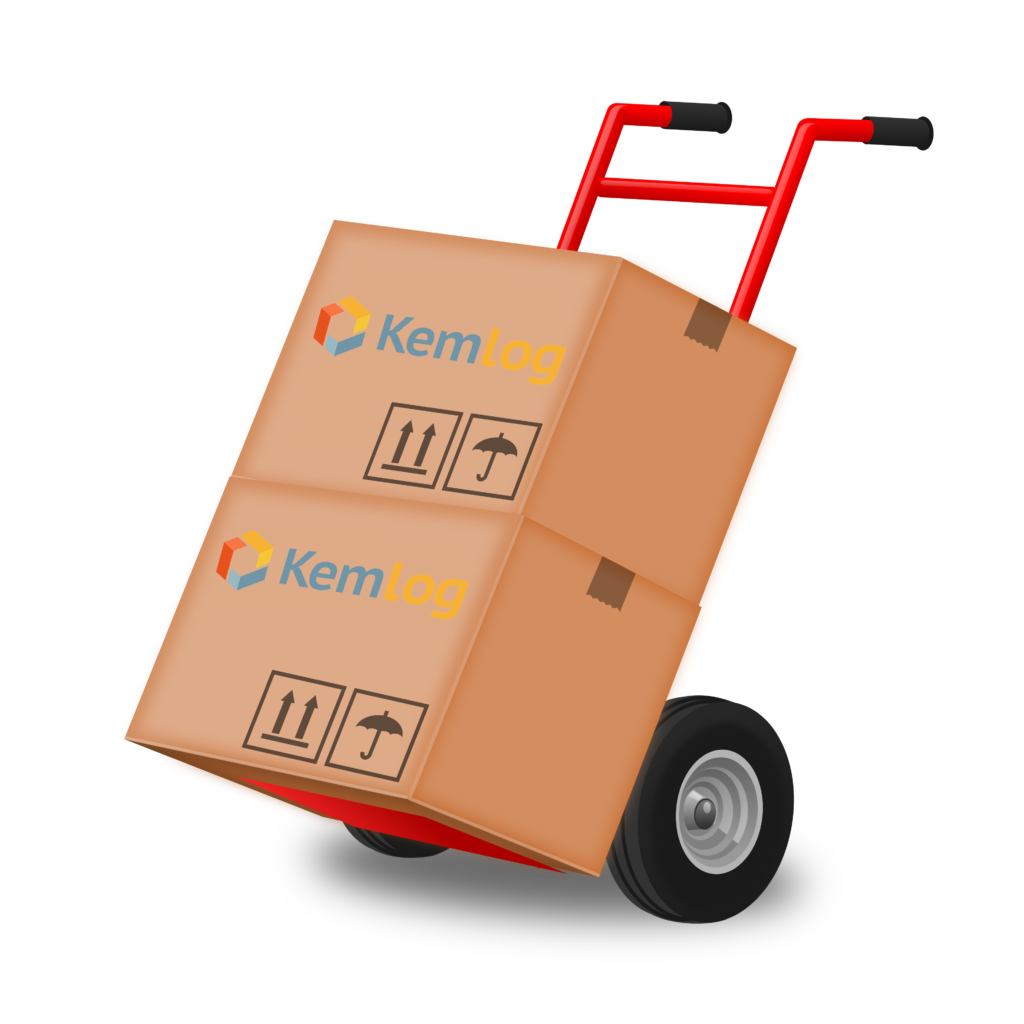![]()
An analysis newly piloted by the Global Forwarding team established again that visibility and transparency is the foremost subject for consumers using door-to-door ocean transportation. With Ocean View, they formed an accessible application accumulating visibility and in that way refining the control of the total supply chain for the consumers. Visibility into agreements discloses investments by vindicating suppliers, discussing better deals, and taking gain of inducements. It likewise means improved risk administration valuation through a perfect understanding of service-level contracts and uptimes, whether responsibilities are enclosed by indemnity.
Not only are consumers low-tech, but load forwarders themselves are unreliable when it comes to this tools. Larger shippers obviously have right of entry to more refined technology. About 25% of great shippers said their forwarders are more innovative than other service providers, while only 7% of minor importers said the same.
Companies should take lead of available digital tools to increase visibility and transparency. Even though they may not be aware of them, there’s a treasure of fresh platforms to increase visibility into the present market rates, the capability to relate, book, and accomplish freights. Businesses should be using all tool at their hand when it comes to having merchandises on their shelves. Incorporating more progressive technology will permit precise tracking, active price contrast, and effectual booking. The handler edge gives an iconized impression of all freights and mileposts with the possibility of observing comprehensive freight mileposts during shipment and initiating a favorite based alert utility. Furthermore, having the tool, you will be able to predict the freights’ journey allowing positive solutions and planning. This way, variations in arrival times turn out to be visible in advance, which backs the total planning of end-to-end supply chains and eventually decreases costs.
Tracking down is now changing. It used to be about obtaining products and services for the best price. But now, it is about giving executives the analytics and guidance they need to make better business decisions. The on-demand economy has formed variations in the way customers and companies both buy and sell. Digital open market has reorganized consumers’ outlooks for pricing and accomplishment. Some of the largest industries in the world fail to take lead of the potentials made by digital professional. One of those markets is freight, which moves trillions of dollars’ worth of goods around the globe. The electronics business depends heavily on ocean and air shipment to and from the Far East where many gears and subsystems are produced.




